PM Modi flags off RRTS: What is this mass transport system, and how it can benefit NCR (Indian Express)
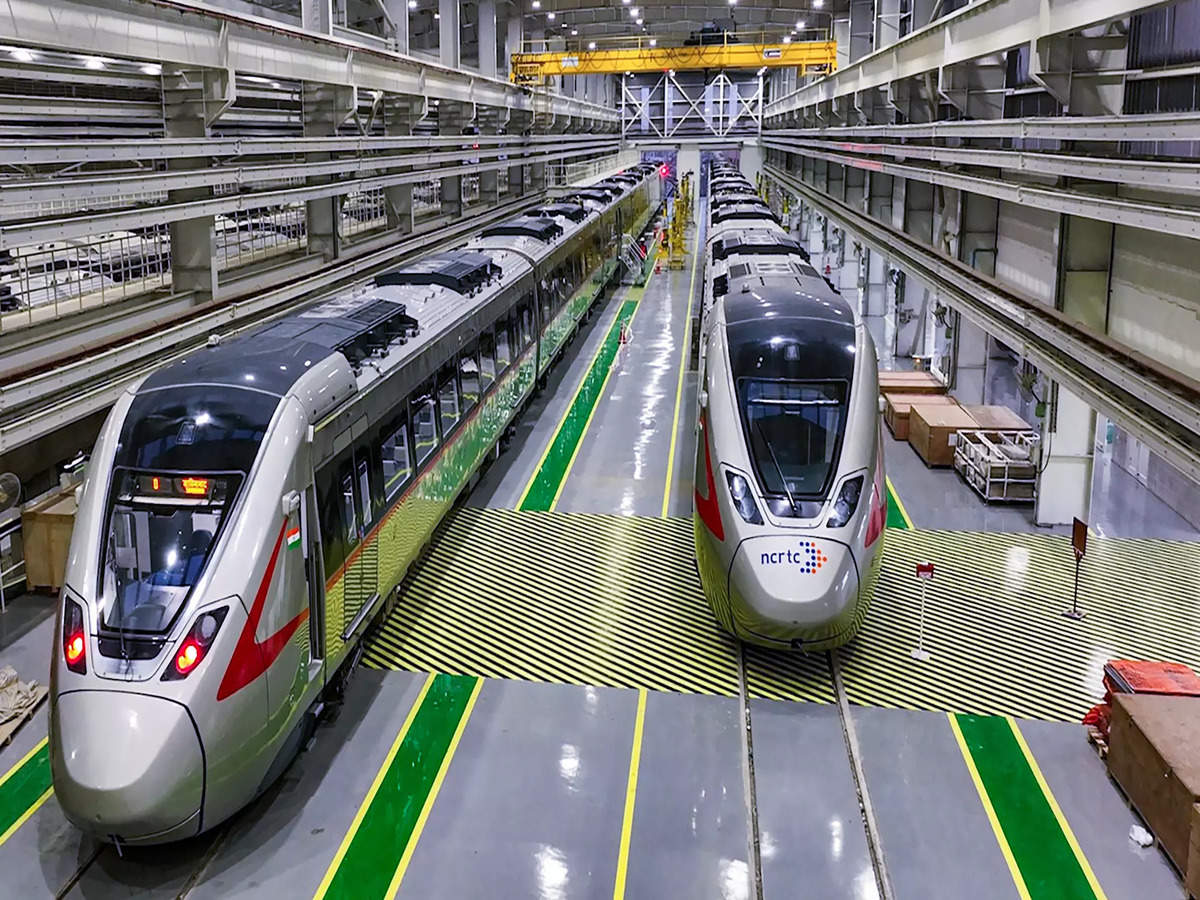
- 20 Oct 2023
Why in the News?
The inauguration of the first segment of India's Regional Rapid Transit System (RRTS), the country's inaugural mass rapid transit system designed for regional connectivity, will be officiated by the Prime Minister of India.
About the Regional Rapid Transit System:
- The RRTS is an integrated mass transit network with semi-high-speed rail connectivity at its core.
- It aims to promote "balanced and sustainable urban development" throughout the National Capital Region (NCR) by improving connectivity and access.
- The National Capital Region Transport Corporation (NCRTC), a joint venture of the Central government and the governments of Delhi, Haryana, Rajasthan, and Uttar Pradesh, is building it.
- It is modeled after systems such as Paris' RER, Regional-Express trains in Germany and Austria, and SEPTA Regional Rail in the United States, among others.
- The project will develop eight corridors, three of which are currently under construction:
- the 82-kilometer Delhi-Ghaziabad-Meerut,
- the 164-kilometer Delhi-Gurugram-SNB-Alwar, and
- the 103-kilometer Delhi-Panipat corridors
- The importance of this system:
- The RRTS network is faster when compared to metros
- It will serve commuters who need to cover relatively longer distances across the NCR in a short amount of time.
- When compared to Indian Railways, the RRTS train will cover shorter distances but at a higher frequency and with greater comfort than the average railway coach.
List Niemann-Pick as a rare disease, parents of young patients (TOI)
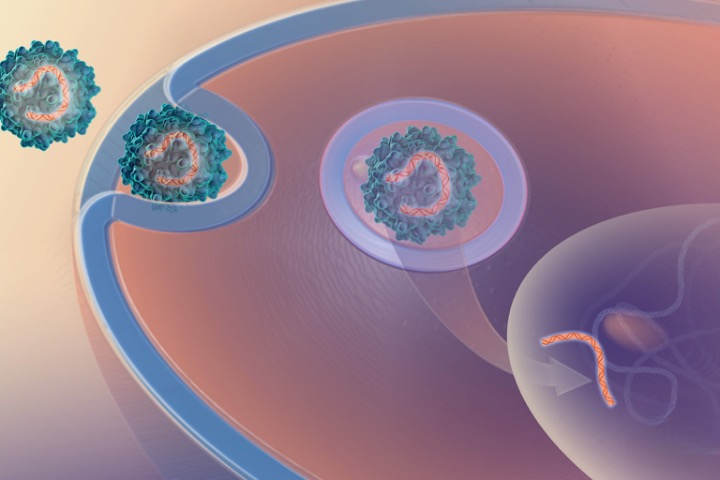
- 20 Oct 2023
Why in the News?
Recently, parents of children with Niemann-Pick disease urged the Union government to notify the disease under the National Policy for Rare Diseases.
About Niemann-Pick Disease:
Niemann-Pick Disease is a rare genetic disorder characterized by the buildup of harmful substances in the body's cells and organs.
- Genetic Basis: It is inherited in an autosomal recessive manner, meaning that both parents must carry a mutated gene for their child to develop the disease.
- Types: There are several types of Niemann-Pick Disease, with types A and B being more common and types C and D being rarer.
- Lipid Accumulation: The disease is primarily characterized by the abnormal accumulation of lipids, specifically sphingomyelin, in various tissues and organs.
- Symptoms: Symptoms vary depending on the specific type of Niemann-Pick Disease but can include hepatosplenomegaly (enlarged liver and spleen), neurological problems, and lung issues.
- Type A: Niemann-Pick Disease Type A typically presents in infancy and can lead to severe neurological problems, making it a life-limiting condition.
- Type B: Niemann-Pick Disease Type B generally has a later onset and primarily affects the liver and spleen, with milder or absent neurological symptoms.
- Type C and D: Type C and D are characterized by cholesterol metabolism issues and can lead to neurological symptoms.
- Type C, in particular, can present with cognitive decline and movement problems.
- Treatment: There is currently no cure for Niemann-Pick Disease, but treatments aim to manage symptoms and may include enzyme replacement therapy, medications, and supportive care.
Niemann-Pick Disease is a complex condition with various subtypes, and the severity and specific symptoms can differ significantly among affected individuals.
Mangaluru | Archaeologist discovers inscription announcing the death of King KulashekaraAlupendra I at Someshwara (The Hindu)
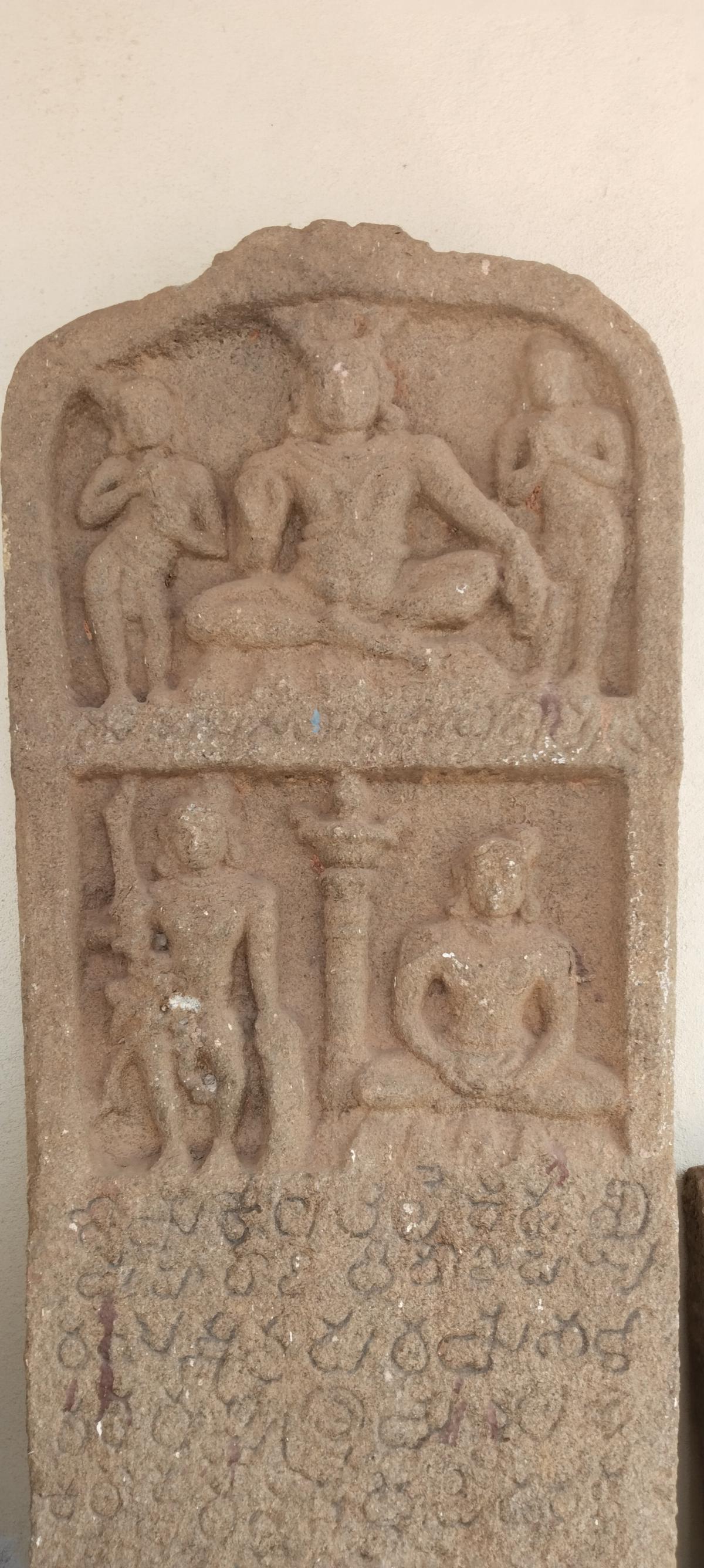
- 20 Oct 2023
Why in the News?
During a recent archaeological exploration at Someshwara near Mangaluru, Karnataka, archaeologists unearthed a rare inscription related to the Alupa dynasty.
About the Someshwara inscription:
- This inscription holds great importance in understanding Tuluva history and culture.
- It features two panels on top, with the first line carved between them.
- The rest of the inscription, inscribed below the panels in Kannada script and the language of 12th century characters, announces Alupendra I's death.
- The human figures depicted in the inscription are KulashekaraAlupendra.
- He is depicted in the first figure standing in Tribhanga (tri-bent stance).
- He is holding a sword in his right hand and a gurani (shield) in his left.
- The King is represented in a sitting posture on a mound to the left of this panel, separated by a pillar, resting both palms on the center of his legs in dhyana mudra.
About the Alupa dynasty:
- The Alupa dynasty, active from the 2nd to the 15th century CE, ruled over Alvakheda Arusasira in the coastal regions of modern Karnataka.
- Initially independent, they later became vassals to powers like the Kadambas, Chalukyas, Rashtrakutas, and Hoysalas due to shifting politics in Southern India.
- They practiced matrilineal inheritance.
- Their descendants, known as the Bunt, continue to follow this system and bear surnames like Shetty, Rai, Hegde, Alva, and Chowta.
- While most are Hindus, some still follow Jainism.
- The last Alupa king, Kulasekharadeva Alupendradeva, is documented through a 1444 CE inscription in Mudabidri's Jain Basadi.
ISRO’s Gaganyaan TV-D1 test flight tomorrow: Everything you need to know (Indian Express)
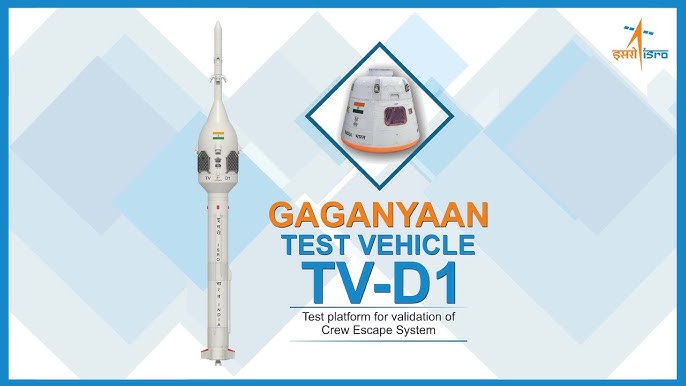
- 20 Oct 2023
Why in the News?
The Indian Space Research Organization (ISRO) is preparing to launch its first-ever test flight, TV-D1, for the Gaganyaan mission, marking a watershed moment in the country's pursuit of human spaceflight.
About the TV-D1 Mission:
- Test Vehicle Abort Mission-1 (TV-D1) will assess the crew module's readiness for the Gaganyaan mission.
- It is a single-stage liquid rocket designed specifically for this abort mission.
- The payloads include the Crew Module (CM) and Crew Escape Systems (CES) with their fast-acting solid motors, as well as the CM fairing (CMF) and Interface Adapters.
- This flight will simulate the abort condition encountered during the Gaganyaan mission's ascent trajectory, which corresponds to a Mach number of 1.2.
- The Crew Escape System is designed to operate automatically at various altitudes if the onboard computer detects any problems.
One nation, one student: Educationists apprehensive of APAAR student ID card scheme (Indian Express)
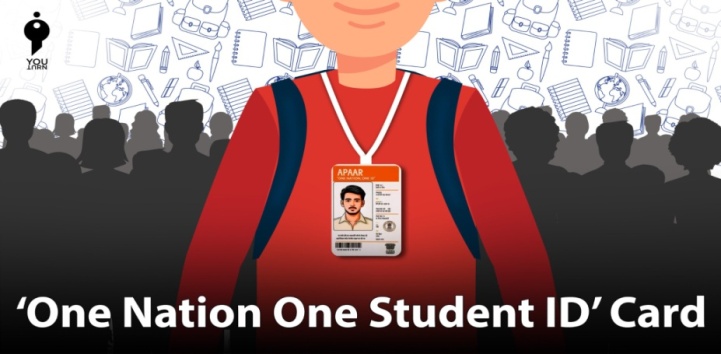
- 20 Oct 2023
Why in the News?
In accordance with the National Education Policy (NEP) 2020, the Union Education Ministry has recently established the concept of 'One Nation, One Student ID,' referred to as APAAR ID.
About Automated Permanent Academic Account Registry (APAAR) ID:
- The Automated Permanent Academic Account Registry, or APAAR ID, is a digital identification system used by students in India.
- Academic qualifications, credit scores, certificates, and other academic data for students from pre-primary to higher education will be digitally stored.
- Students must obtain their parent’s consent to enroll in the APAAR ID system, and states have been directed to begin this process.
- The unique 12-digit APAAR ID will be used for admissions and other academic activities, making it more convenient for students.
- Both new and returning users can register or log in using their mobile number, Aadhar Card, or ID and password.
- This initiative seeks to unify the educational system, improve security, and make academic data more easily accessible to students.
